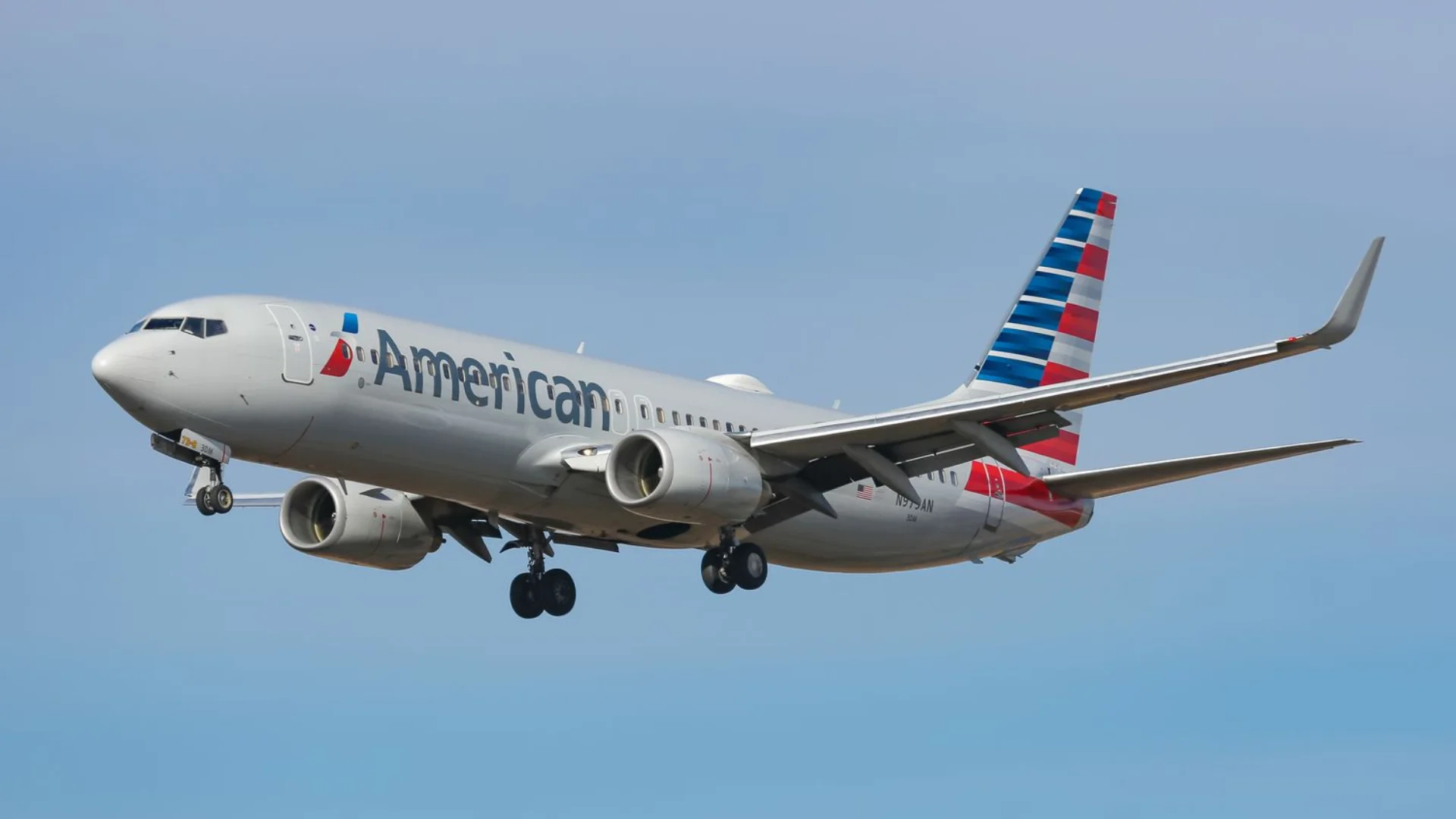The aviation industry has long debated the merits of point-to-point versus hub-and-spoke travel models. In the early 2000s and 2010s, Airbus and Boeing made strategic bets on these models. Airbus developed the A380-800 to support the hub-and-spoke system, while Boeing focused on the point-to-point model with its 787 'Dreamliner.'
Boeing's approach proved successful as the point-to-point model gained popularity, leading to high sales of the Boeing 787. In contrast, Airbus discontinued the A380 in 2021. However, this debate is not simply about choosing one model over another; it's about finding a balance between them.
Point-to-point networks connect destinations directly without layovers, exemplified by flights from Orlando to Anchorage without stopping in Seattle. This model allows airlines to adjust routes based on demand and offers passengers faster travel times with fewer connections. However, it can be challenging to fill seats on less popular routes and increases costs for crew management and maintenance.
 Alerts Sign-up
Alerts Sign-up








